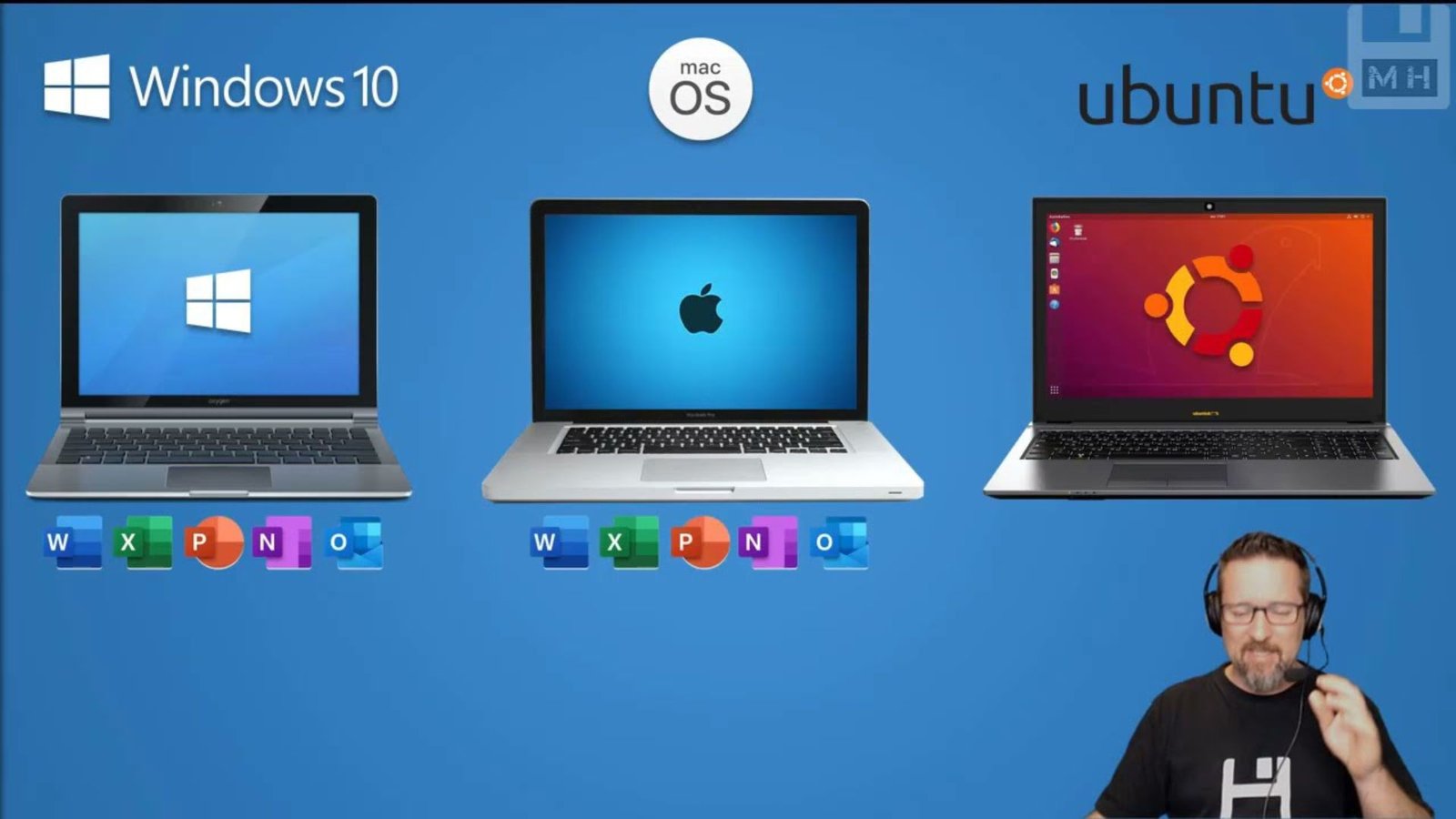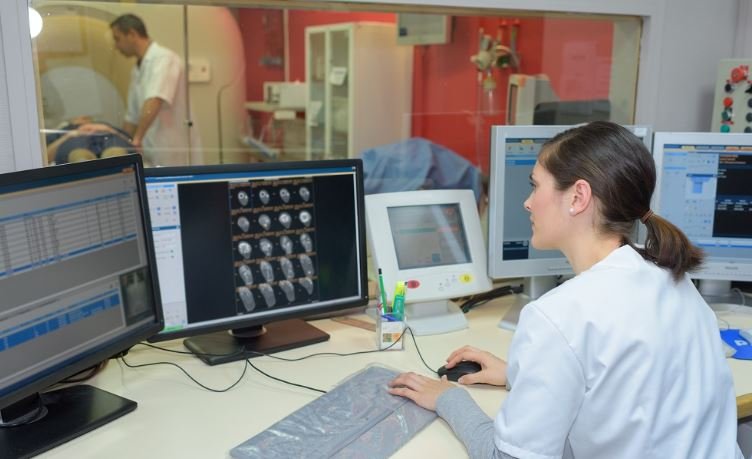Virtual memory system is a crucial feature in modern operating systems (OS) that extends the apparent amount of physical memory available to applications. By utilizing a combination of hardware and software, virtual memory allows the OS to provide each process with its own address space, even if the physical memory is limited. This technique enhances system performance, enables efficient multitasking, and allows applications to handle larger data sets than would otherwise be possible with the available physical memory.

How Virtual Memory Works
Virtual memory operates by creating an abstraction layer between physical memory (RAM) and the application’s memory space. When an application runs, the OS maps its virtual address space to physical memory addresses. This mapping allows the OS to use disk storage as an extension of RAM, effectively creating a larger pool of memory. When the physical RAM becomes full, the OS moves less frequently used data to a designated area on the disk, known as the swap space or page file, and retrieves it when needed. This process is known as paging.
Benefits of Virtual Memory
The primary benefit of virtual memory is its ability to allow more applications to run simultaneously and handle larger data sets. Without virtual memory, the OS would be constrained by the physical RAM available, limiting the number of applications and the size of the data each can handle. Virtual memory also provides a level of isolation between processes, preventing them from interfering with each other’s memory spaces, which enhances system stability and security.
Efficient Resource Utilization
Virtual memory contributes to efficient resource utilization by optimizing the use of physical RAM. The OS can keep frequently accessed data in physical memory while relegating less critical data to the disk. This dynamic management of memory resources ensures that the system remains responsive even when running multiple applications or handling large datasets. By prioritizing active processes and applications, virtual memory helps maintain overall system performance.
Handling Memory Fragmentation
One of the challenges addressed by virtual memory is memory fragmentation. Physical memory can become fragmented over time, with small, non-contiguous blocks of free space that are insufficient for large applications. Virtual memory mitigates this issue by presenting a contiguous address space to applications, regardless of how the physical memory is organized. This abstraction simplifies memory management and improves application performance.
Impact on System Performance
While virtual memory provides significant advantages, it can also impact system performance. Accessing data from the disk is slower than accessing it from physical RAM, so heavy reliance on virtual memory can lead to performance degradation. This is known as “thrashing,” where the system spends more time swapping data between RAM and disk than executing processes. To mitigate this, modern operating systems use advanced algorithms to manage paging efficiently and minimize the performance impact.
Virtual Memory in Different Operating Systems
Different operating systems implement virtual memory in various ways, but the core principles remain consistent. For example, Windows uses a paging file, while Linux utilizes swap partitions or files. Both systems aim to provide seamless memory management and enhance system performance. Understanding how each OS handles virtual memory can help users and administrators optimize system configurations and troubleshoot performance issues.
Future of Virtual Memory
As computing technology evolves, virtual memory will continue to play a vital role in managing system resources. Advances in hardware, such as faster SSDs and larger amounts of RAM, will enhance virtual memory performance. Additionally, improvements in software algorithms and memory management techniques will further optimize virtual memory operations, ensuring that operating systems can handle increasingly complex applications and workloads.
Conclusion
Virtual memory is an essential feature of modern operating systems that enhances system performance, enables efficient multitasking, and supports larger applications. By abstracting physical memory and utilizing disk storage, virtual memory allows for more flexible and effective resource management. Despite potential performance impacts, ongoing advancements in technology will continue to improve virtual memory systems, ensuring their relevance in the future of computing.

















